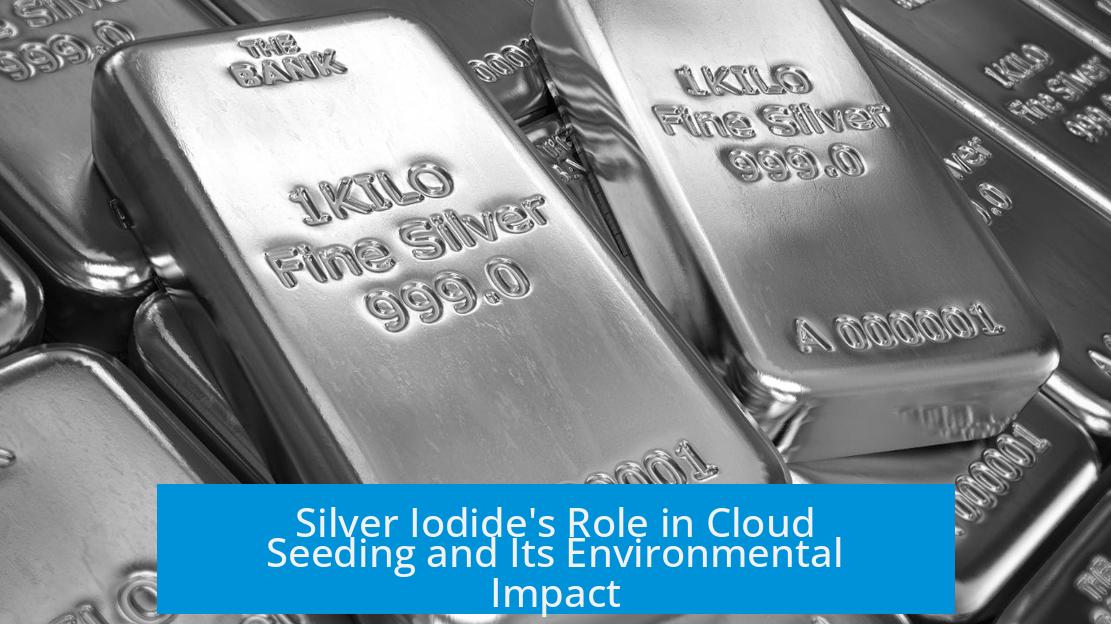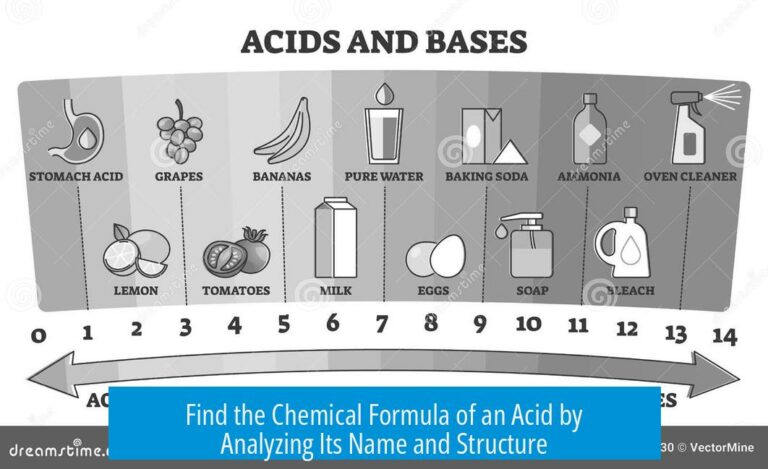Silver Iodide for Cloud Seeding
Silver iodide acts as an effective nucleation agent in cloud seeding by providing ice-like crystal sites that encourage water vapor to condense and form precipitation at temperatures below zero Celsius. This property accelerates the natural rain formation process, making it a key material in weather modification efforts.
How Cloud Formation Occurs
Water vapor needs a surface to condense on, called a nucleation site. In the natural environment, this role is fulfilled by tiny particles like dust or salt. When temperatures fall below freezing, these sites become ice particles, which can lead to snow or rain depending on atmospheric conditions.
Role of Silver Iodide in Nucleation
Silver iodide (AgI) has a crystal structure similar to ice. This similarity makes AgI an excellent nucleating agent. It works at temperatures below 0°C but at higher temperatures than natural dust particles. Its presence initiates ice formation in clouds sooner than would occur naturally.
- AgI particles promote ice crystal formation.
- Enhances precipitation processes in cold clouds.
- Extends the temperature range where nucleation can occur compared to dust alone.
This jump-start effect can increase rainfall or snowfall, supporting agricultural and hydrological aims in regions experiencing drought or insufficient precipitation.
Health and Environmental Considerations
Despite its effectiveness, silver iodide poses potential health risks. The toxicity and environmental impact depend on the amount used. However, the typical quantities required for cloud seeding are believed to be low enough to minimize harmful effects.
Research continues on safe usage thresholds and long-term ecological effects. Since silver iodide remains dispersed in the atmosphere, careful regulation and monitoring are essential to balance benefits and risks.
Summary of Key Points
- Silver iodide’s ice-like crystal lattice enables efficient nucleation in cloud seeding.
- Works at sub-zero temperatures, promoting precipitation earlier than natural dust.
- Increases cloud precipitation potential, aiding in water resource management.
- Health risks exist but are minimal at typical cloud seeding dosages.
For further details on cloud seeding and silver iodide, refer to Wikipedia: Cloud Seeding.
What makes silver iodide effective for cloud seeding?
Silver iodide has a crystal structure similar to ice. This allows it to serve as a good nucleation site, helping water vapor condense at temperatures below 0°C. It can trigger rainfall faster than natural dust particles.
At what temperatures does silver iodide work best for cloud seeding?
Silver iodide works at subzero temperatures, but higher than those where natural dust acts. It is effective below freezing, enhancing precipitation before natural processes would normally occur.
How does silver iodide compare to natural particles in cloud formation?
Unlike natural dust or salt, silver iodide triggers ice crystal formation more efficiently. This jump-starts the cloud’s ability to produce rain in colder atmospheric layers.
Are there health risks linked to the use of silver iodide in cloud seeding?
Silver iodide is known to have some health concerns. The exact safe exposure levels when used for seeding are not well established yet.
Is the amount of silver iodide used in cloud seeding harmful to the environment?
The environmental impact depends on the quantity used, which is currently unclear. It may be low enough to minimize health risks, but further research is needed.





Leave a Comment